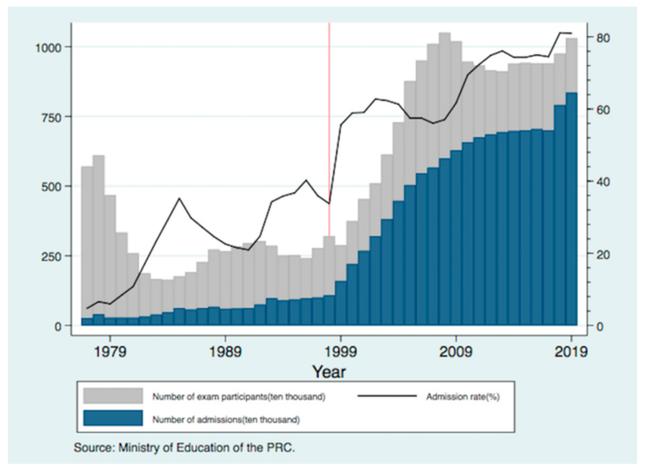Trends of and factors associated with access to residential toilets among the middle-aged and elderly in rural China from 2011 to 2018
Sanitation is of vital importance for health maintenance. However, approximately 2 billion people globally still lack basic sanitation facilities. Of these 2 billion, 70% live in rural areas [1]. Deprivation of proper sanitation facilities may result in the spread of many infectious diseases. The world has missed the Millennium Development Goal target of halving the proportion of people without sustainable access to sanitation by 2015. In 2015, the United Nations General Assembly set up the Sustainable Development Goals (SDGs). One of these goals was to ensure access to sanitation for all by 2030. Most low- and middle-income countries (LMICs) are taking special efforts [1, 2] to achieve this specific SDG target.

As one of the largest LMICs, China has long been devoted to sanitation improvement. Since the 1950s, the Chinese government, aiming to promote environmental health in rural areas, has paid great attention to toilet provision, regarding it as one of the most important sanitation facilities [3]. From 1978 to 2002, China set the goal related with the toilet coverage in rural areas and included toilet improvement in the national economic and social development plans. From 2003 to 2012, the government further promoted toilet reforms in rural areas and made toilet improvement one of the important targets of rural reform and development. From 2009 to 2011, China implemented a new round of healthcare reforms and promoted toilet improvement in rural areas as a major public health service project. Since 2013, the country has entered a new era of comprehensively implementing and deepening toilet reforms in rural areas. The National Environmental Sanitation Action Plan (2015–2020) set the following goals for sanitary toilet coverage: 75% by 2015, 85% by 2020, and 100% by 2030. In 2015, President Xi Jinping explicitly proposed that a “toilet revolution” should take place in rural China in order to provide the entire rural population with access to sanitary toilets [4]. In the last two decades, China has made progress on toilet provision. According to the estimates from National Health Commission of the People’s Republic of China, between 2000 to 2017 the coverage of sanitary toilets in rural China increased from 40.3% to 81.8% [5].
In parallel with global and country-level sanitation initiatives, access to sanitation has generated heated discussion in the academic community. Systematic studies on access to sanitation are of key importance for policy makers to design effective interventions for a targeted population. Globally, most studies on sanitation were based in LMICs. A large number of these studies focused on the effect of access to sanitation on health inequities [6,7,8], or on the occurrence and disease burden of some infectious diseases [9,10,11], or on other social indicators of development (e.g. student enrollment, educational efficiency, and violence against women) [12,13,14]. Another large number of these studies were centered on factors associated with or inequality in access to sanitation, with most of them using cross-sectional data. And these studies showed that socially disadvantaged groups (those with lower income and education, etc.) were more likely to suffer from no or poor access to sanitation [15,16,17,18,19,20,21,22,23,24]. A small number of such studies relied on longitudinal data with special focus on trends of access to sanitation [25,26,27,28,29]. However, to our best knowledge, no studies have been conducted that systematically explore the changes of and factors associated with access to sanitation in rural China after 2013, especially after the implementation of the “toilet revolution” campaign. The existing studies using longitudinal data based in China both focused on the trends of and factors associated with access to toilet facilities before 2012 [26, 27, 29]. In addition, all the studies on access to toilet facilities based in China looked at the general population without paying special attention to the middle-aged and elderly population, a very large group of the population in a country with a severe aging crisis. This paper aims to fill the gap in this field by using the nationally representative China Health and Retirement Longitudinal Study (CHARLS) data from 2011 to 2018.



